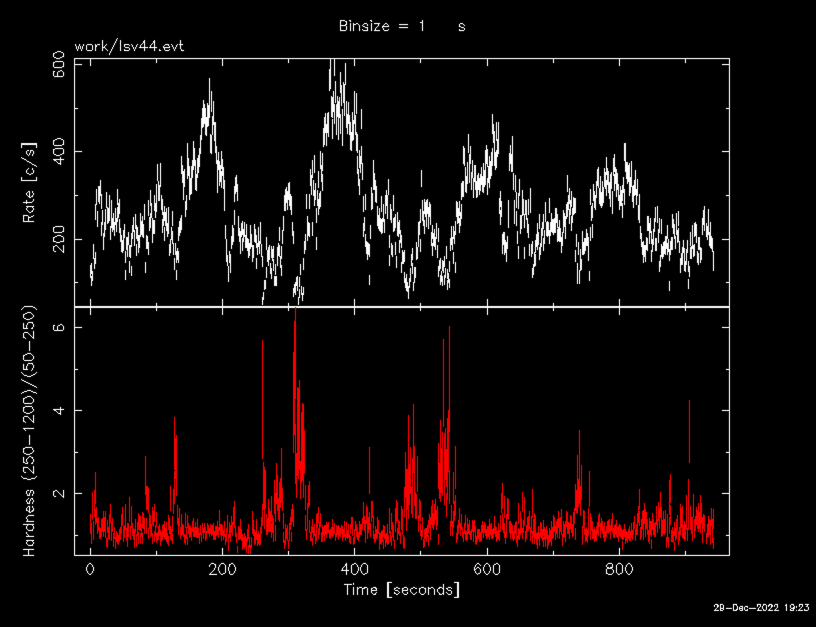NICER / ISS Science Nugget
for January 5, 2023
A Holiday Outburst
Having lain dormant since April 2011, the X-ray binary system known as LS V +44 17 is ringing in the new year with its brightest outburst yet detected. Initially captured on December 24 by the Burst Alert Telescope onboard NASA's Swift observatory, this neutron star and its massive companion star are being monitored with NICER following the December 29 report of a detection by JAXA's MAXI payload on ISS. As of January 5, 2023, the outburst appears to have plateaued in brightness and is beginning a slow decline.
Outbursts in high-mass X-ray binaries occur during surging outflows of gas from the companion star, forming an accretion disk around the neutron star that presses against its powerful magnetic field. When the stream of gas is funneled along the magnetic field lines, which are carried around by the neutron star's rotation, our changing view of the accreting columns of hot gas and the surface hot-spots they generate results in X-ray brightness modulations. NICER data unambiguously detect the pulsations of LS V +44 at the expected 204-second period. The ability to detect individual pulses is key to furthering our understanding of the accretion process: rotation-phase-resolved spectroscopy probes the emission geometry at different viewing angles, while spectral and pulse-profile evolution on longer timescales reveals the accretion rate, magnetic field strength, and other important physical characteristics of the accretion process. In particular, this bright outburst may provide insights into transitions between sub- and super-"critical" accretion, the point at which pressure from the infalling gas is balanced by the pressure of enormous numbers of energetic photons emanating from the vicinity of the neutron star's surface.
Analysis of initial NICER observations of LS V +44 17 was reported this week by M. Mandal (Midnapore City College, India) and collaborators in Astronomer's Telegram #15848.

Figure:
Individual X-ray pulsations from a NICER observation early in the 2022-23 outburst of LS V +44 17. The upper panel shows the rate of X-ray photon detections in one-second intervals; NICER detects approximately 200 photons per second in the troughs of the pulse modulation, and up to 500 photons per second in the peaks. In the lower panel, the ratio of photon flux at higher relative to lower energies is plotted, showing clear and repeating variations with the neutron star's rotational phase; for example, soft emission dominates during the pulse peaks, consistent with thermal radiation from surface hot-spots beaming in our direction during those times.
<< Previous
Main Index
Next >>